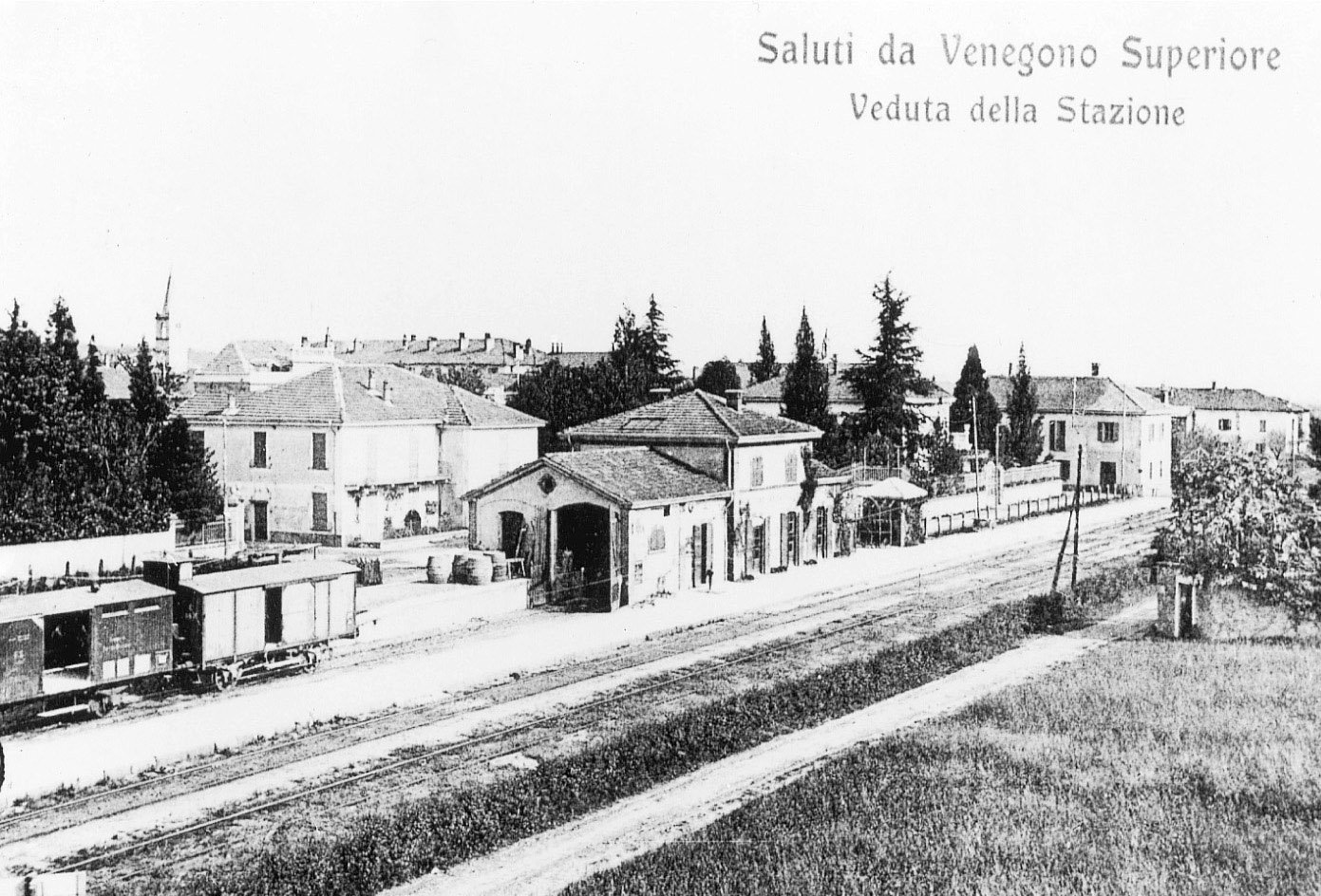Venegono Superiore - Castiglione


It was once part of the Seprio region and the Duchy of Milan. The town is dominated by its castle. Venegono Superiore annexed Venegono Inferiore under the name of Venegono on two occasions: in the Napoleonic era and during the Fascist period (in 1928, a union that lasted until 1960).
Gallery

Another 1920s image of the station of Venegono Superiore. 
The station, already named “Venegono Superiore-Castiglione Olona” in a photo dating to 1977 
Venegono Superiore on a postcard from the 1970s 
Museo Civico Branda Castiglioni (2.3 km): the noble Palazzo Branda stands among the ancient buildings of the historic hamlet of Castiglione Olona, once the residence of Cardinal Branda Castiglioni, and now the Civic Museum. The oldest building dates back to the 14th century, while the second building was built in the 15th century at the behest of the cardinal, who wished to extend and enhance his residence. This building is where we find the most representative expressions of his humanist thinking, interpreted in painting and sculpture through the skills of Masolino and Vecchietta. 
The Castel Seprio Archaeological Park (Castel Sevar in Varese dialect and Castel Sever in Lombard and Milanese dialect) consists of the remains of the fortified settlement of the same name and its hamlet, as well as the nearby church of Santa Maria Foris Portas. The same settlement also includes the Monastery of Torba, although this is currently run by FAI.